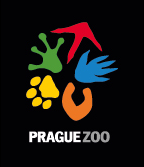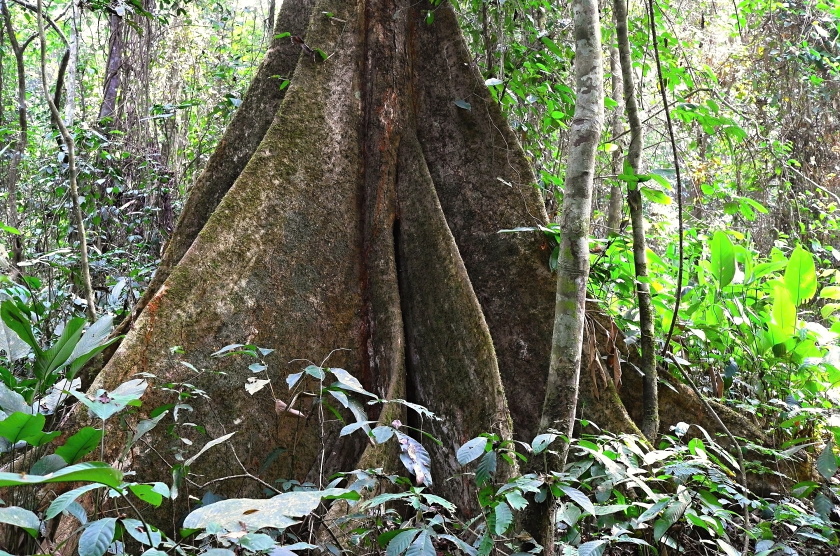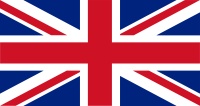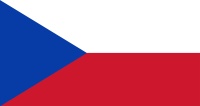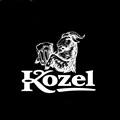About the Reserve
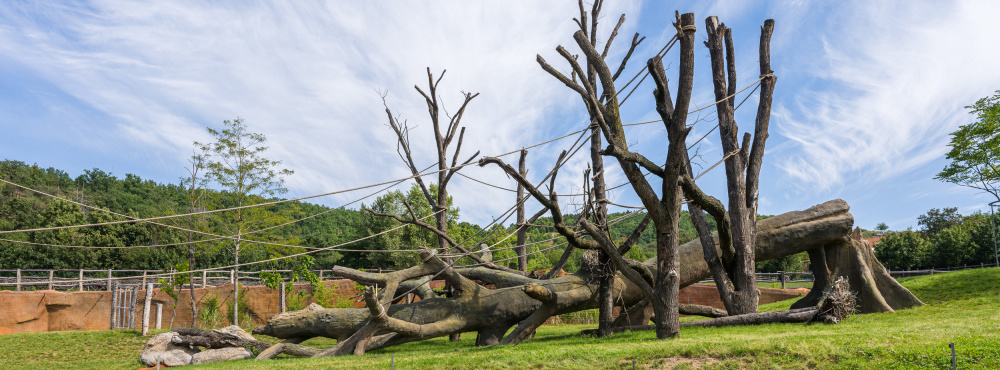
The Dja Biosphere Reserve, which inspired the new gorilla house, lies in southern Cameroon in the rainforest region. The reserve was established in 1950. In 1981, it was granted the status of a biosphere reserve and has been a UNESCO World Heritage Site since 1987. Its continuous cover of tropical rainforest ranks among the best-preserved protected forests in Africa.
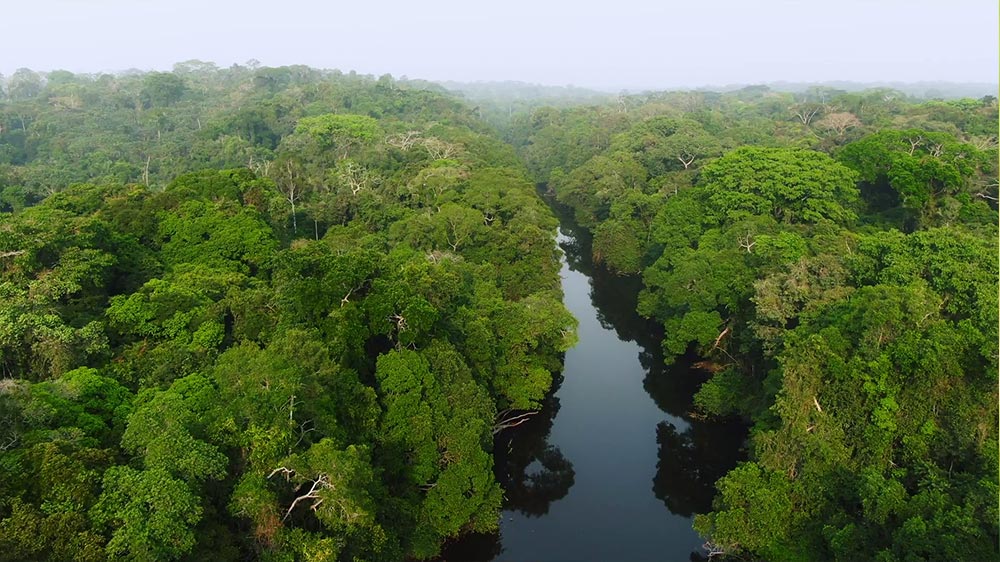
The forests of the Dja Reserve are crossed by the river of the same name. Photo: David Rauch
The Dja Biosphere Reserve is over 200 km from Yaoundé, the capital of Cameroon. After about three hours of driving, the tarmac road ends and the dirt roads leading to the rainforests on the edge of the Congo Basin begin. In the dry season, the vegetation along the roads is covered with a layer of red dust. In the rainy season, the roads are muddy and almost impassable. The colour of the soil is caused by the high iron oxide content.
The core area, the Dja Faunal Reserve, covers an area of 5,260 km2 and is bordered by the Dja River. Together with Mikenbé National Park in Gabon, Odzala-Kokoua National Park in Congo and several others, the Dja Reserve is included in what the WWF calls TRIDOM, a biodiversity hotspot comprising around 10 % of the Congo Basin rainforest.
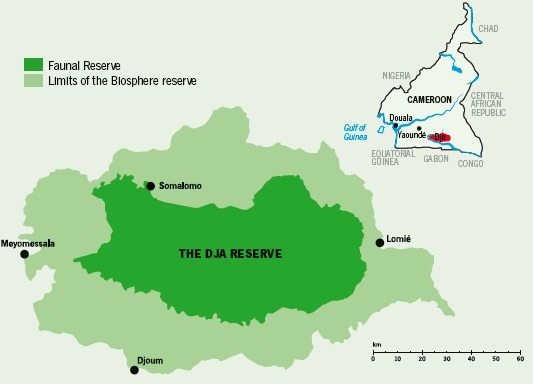
Over 100 species of mammals, 430 bird species, 60 species of fish and 1,200 plant species—including 320 species of trees—have so far been recorded in the Dja Reserve. For comparison: in the Czech Republic, which is fifteen times larger as to its surface, some 50 native tree species can be found. The significance of the reserve lies not only in protecting endangered species such as gorillas, forest elephants or pangolins, but in safeguarding the entire ecosystem.
Some of the rainforest trees of the Congo Basin are notable for their buttress roots. Photo: Miroslav Bobek, Prague Zoo
The main institutions that Prague Zoo works with in Cameroon are the administrations of the protected areas of the Dja and Ngoyla reserves, and especially the non-profit organisation Tropical Forest and Rural Development. With its help, we run the Wandering Bus project, which is based in the town of Somalomo on the reserve’s northern border. The project’s local coordinator is also based here.
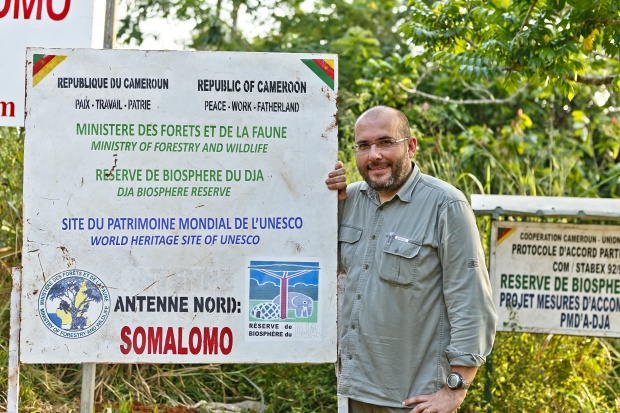
Prague Zoo’s director Miroslav Bobek in the base in Somalomo, at the reserve’s borders. Photo: Jana Havelková
ZOOPRAHA.CZ
Contacts
- The Prague zoological garden
U Trojskeho zamku 120/3
171 00 Praha 7
Phone.: (+420) 296 112 230 (public relations department)
e-mail: zoopraha@zoopraha.cz
Others
